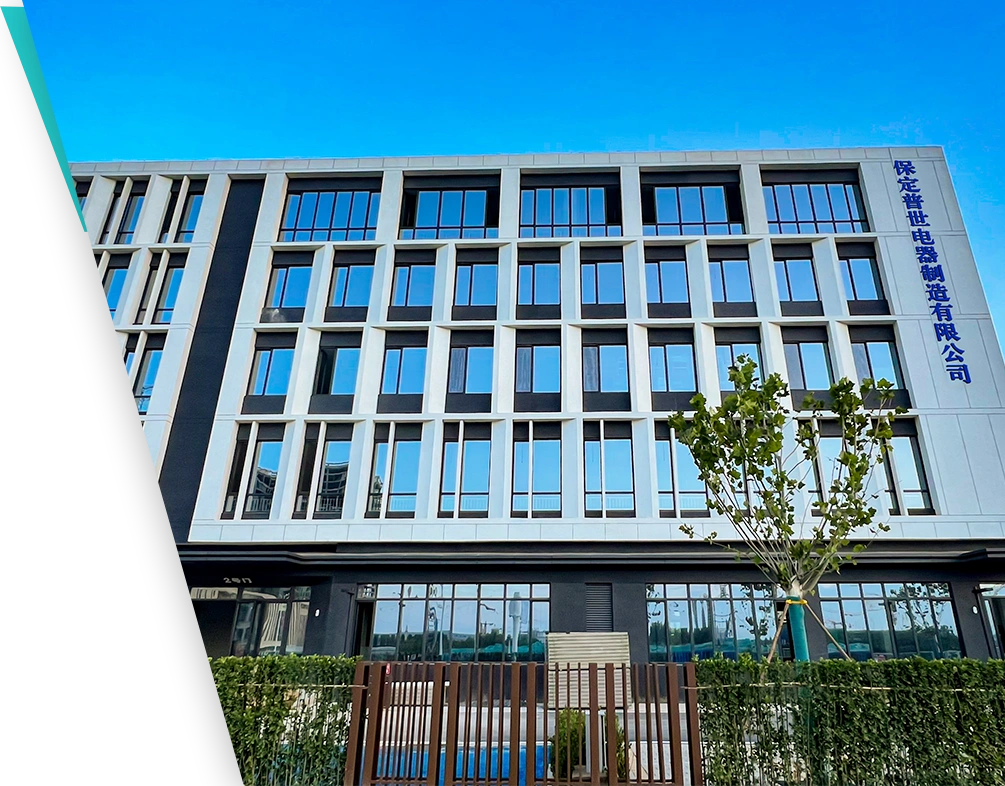 English
English


gas chromatograph
Gas chromatography (GC) is a powerful analytical technique widely used in laboratories for separating and analyzing compounds that can be vaporized without decomposition. The fundamental principle of gas chromatography is based on the partitioning of compounds between a stationary phase and a mobile gas phase. This technique is particularly valuable in various fields, including environmental monitoring, food and beverage analysis, pharmaceuticals, and petrochemical industries.
In a typical gas chromatography setup, a sample is injected into a heated injector where it is vaporized. The vaporized sample is then carried by an inert gas, usually helium or nitrogen, through a long capillary column coated with a stationary phase. As the sample travels through the column, its components interact differently with the stationary phase, causing them to separate based on their unique properties such as volatility and affinity for the stationary phase.
The efficiency of separation in gas chromatography is influenced by several factors, including column length, temperature, and the type of stationary phase used
. For instance, increasing the column length can improve resolution but may also increase analysis time. Temperature plays a crucial role as well; higher temperatures can lead to better separation of volatile compounds, while lower temperatures may be beneficial for heavier compounds.gas chromatograph

Once the components exit the column, they are detected, typically using a flame ionization detector (FID) or a mass spectrometer (MS). The resulting data is presented as a chromatogram, where each peak corresponds to a different compound, and the area under the peak is proportional to the concentration of that compound in the sample.
The versatility of gas chromatography allows it to be applied in a myriad of analytical scenarios. In environmental testing, for example, GC can be utilized to detect pollutants in air, water, and soil. In the food industry, it helps ensure quality control by analyzing flavors, fragrances, and preservatives. Furthermore, GC-MS (Gas Chromatography-Mass Spectrometry) combines the separation power of GC with the identification capabilities of mass spectrometry, making it a go-to method for complex mixtures.
In summary, gas chromatography is an essential tool in modern analytical chemistry, offering a reliable and efficient way to analyze volatile substances across various industries. Its continued development and application will undoubtedly contribute to advancements in science and technology.
-
Differences between open cup flash point tester and closed cup flash point testerNewsOct.31,2024
-
The Reliable Load Tap ChangerNewsOct.23,2024
-
The Essential Guide to Hipot TestersNewsOct.23,2024
-
The Digital Insulation TesterNewsOct.23,2024
-
The Best Earth Loop Impedance Tester for SaleNewsOct.23,2024
-
Tan Delta Tester--The Essential Tool for Electrical Insulation TestingNewsOct.23,2024





